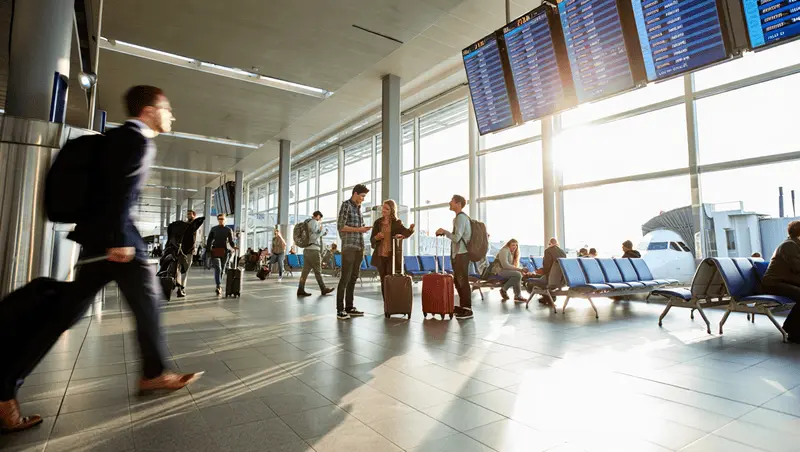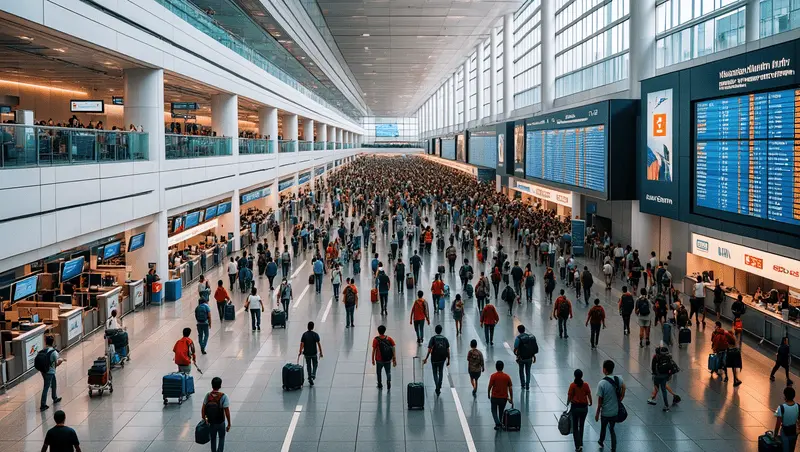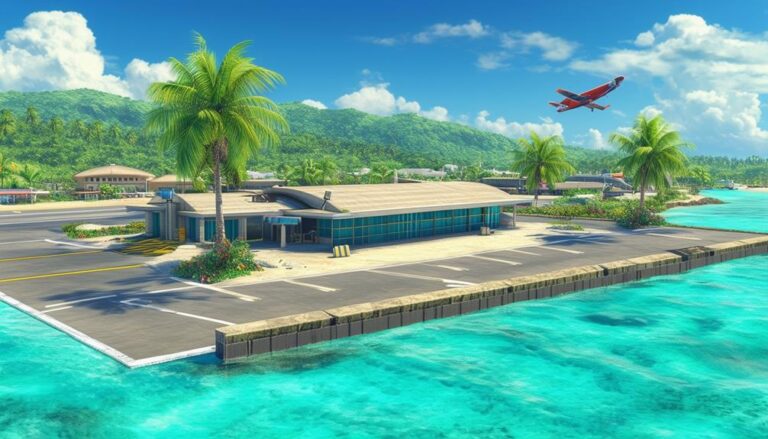NAIA Terminal Fees Increase: First Adjustment in 20 Years Aims to Fund Airport Modernization

Manila’s main international gateway implements significant fee increases as part of comprehensive infrastructure upgrade plan under new private management
The Ninoy Aquino International Airport (NAIA) has implemented its first terminal fee adjustment in two decades, with the New NAIA Infrastructure Corp. (NNIC) raising passenger service charges effective Sunday as part of broader modernization efforts at the Philippines’ primary aviation gateway.
Fee Structure Changes Reflect Regional Standards
The passenger service charge for international departures has increased substantially from P550 to P950, representing a 73% increase, while domestic departure fees rose from P200 to P390, marking a 95% increase. Despite these adjustments, NNIC maintains that NAIA’s rates remain competitive within the regional market.
“Even with the adjustment set by government with the Asian Development Bank as adviser NAIA’s rates will only match other local airports and remain among the lowest in Asia,” the company stated, emphasizing the government’s role in determining the new fee structure with international advisory support.

Revenue Distribution and Government Benefits
Since assuming operations in September 2024, NNIC has already remitted P48.3 billion to the government, including a substantial P30-billion upfront payment. The revenue-sharing arrangement ensures that 82% of airport revenues flow directly to the state, maintaining significant public benefit from the privatization arrangement.
The fee increase comes as NAIA experiences robust passenger growth, handling 51.7 million passengers since NNIC’s takeover, a 6% year-over-year increase, while managing 283,771 flights during the same period.
Operational Improvements and Technology Upgrades
NNIC has implemented several operational enhancements since taking control, including reconfiguring aircraft parking stands, expanding taxiway movements, and removing abandoned aircraft to optimize airside operations. These changes have freed valuable space for improved traffic flow and reduced congestion.
The company is preparing to introduce advanced facial recognition technology that will streamline the passenger experience by allowing travelers to “check in, drop bags, clear security and board flights using just their face,” representing a significant technological advancement for Philippine aviation infrastructure.
Long-term Investment Commitment
The terminal fee adjustment supports NNIC’s 25-year, P170.6-billion contract to operate, maintain, and upgrade NAIA. This comprehensive agreement, signed in 2024, represents one of the largest infrastructure privatization deals in Philippine history.
“Operating an airport the size and scale of NAIA will always be demanding. But what this first year has shown is that with teamwork, discipline, and the dedication of our people, real change is possible,” said NNIC President Ramon S. Ang, highlighting the collaborative approach between private management and government partners.
Regional Context and Future Outlook
The fee increases align NAIA with regional airport standards while supporting necessary infrastructure investments. The 20-year gap since the last adjustment reflects the long-overdue nature of these changes, particularly given inflation and increased operational costs over two decades.
The modernization efforts under NNIC management aim to transform NAIA into a world-class facility capable of handling increased passenger volumes while improving service quality and operational efficiency. The revenue from higher terminal fees will directly support these infrastructure improvements and operational enhancements.
The successful first year of private management, marked by increased passenger traffic and operational improvements, suggests that the fee adjustments are part of a broader strategy to sustainably fund NAIA’s transformation into a competitive regional hub while maintaining government revenue streams through the established sharing arrangement.






